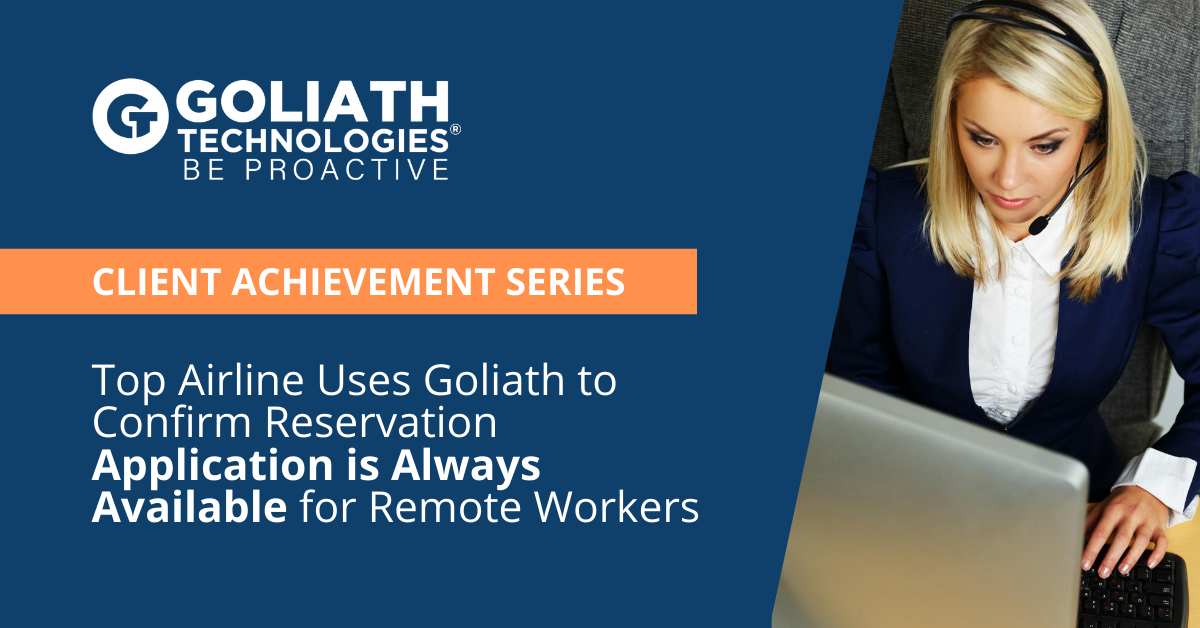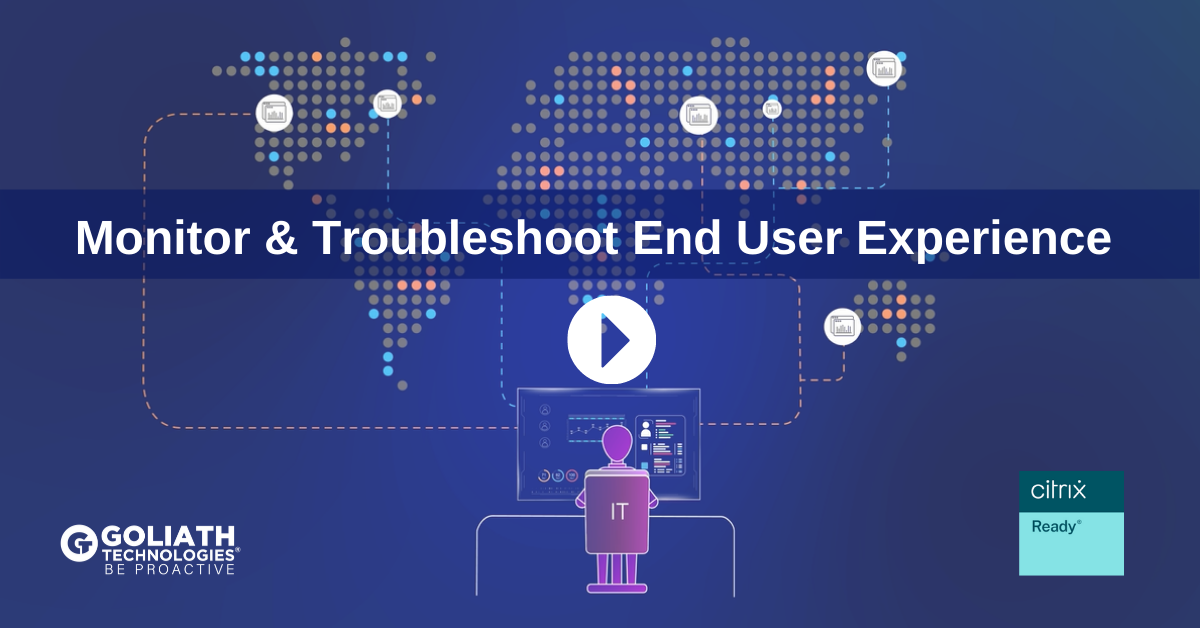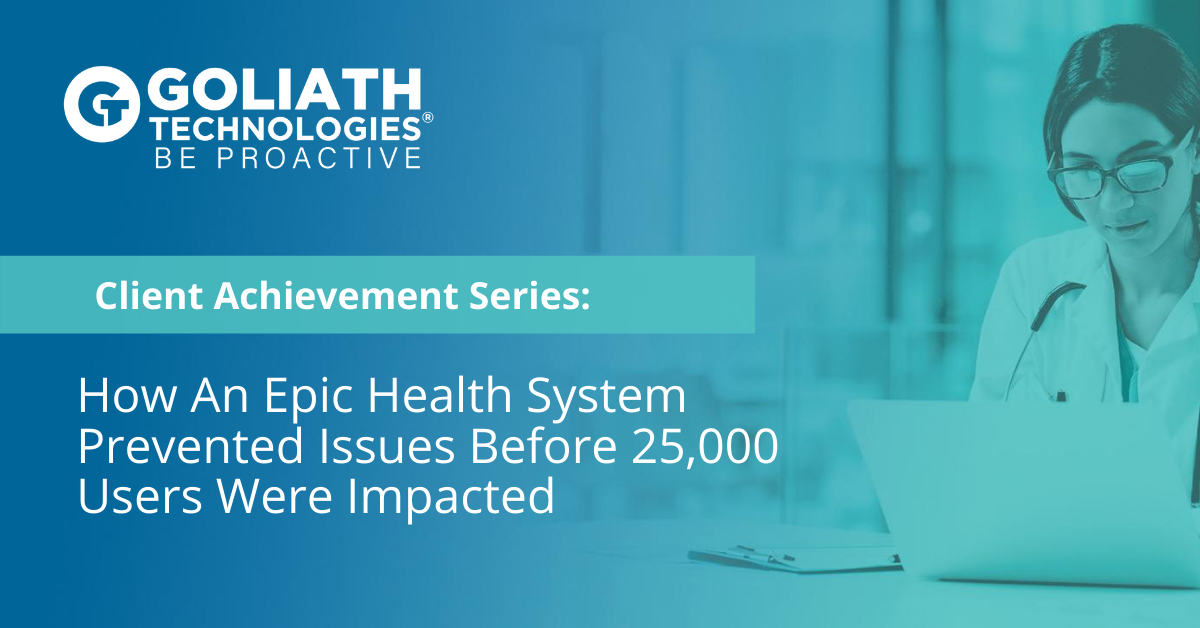I’ve seen so many new types of infrastructure technologies impact the performance of the modern data center. All-flash technologies help consolidate systems, virtualization helps to deliver powerful workloads to a variety of users, and even convergence has helped remove legacy from the data center. Most of all, these solutions are all coupled with the cloud to really help an organization become agile and much more efficient. Still, as our data centers change, so will the way we keep an eye on how everything operates. And, beyond the infrastructure components that we’re monitoring and even cloud monitoring best practices; there’s a key metric business and IT leaders focus on to ensure they’re doing everything right. That is end user experience. There are some cloud infrastructure monitoring best practices to keep in mind that we will get towards the end of this blog.
Before we go on, let me put this into perspective. Gartner recently pointed out that by 2021, 60% of IT monitoring investments will include a focus on business-relevant metrics, up from less than 20% in 2017. As a result, the IT monitoring efforts of infrastructure and operations (I&O) leaders should not start with collecting data from the infrastructure, but instead, should start with the business in mind. “Monitoring from the perspective of the business really means that enterprises should try to collect information that helps ascertain a business’ health,” said Will Cappelli, research vice president at Gartner. “Business performance is the only thing that really matters in terms of the goal of your IT monitoring activities.”And, who helps the business operate effectively? Users. And, with poor user experience, there’s just no way your business will be able to function properly.
You can have the best type of monitoring out there, but if you don’t focus on the end-user – it’ll all start to fall apart quickly. So, not only should you be implementing monitoring that’s coupled with application performance monitoring – you absolutely need to know how this is impacting your users. For example, can they log in faster? Are they experiencing delays in launching an application? Is there a difference in experience between cloud applications and ones that are on-premises? To that extent – it’s important to understand that the way we monitor our infrastructure and core applications today is truly evolving as well. With that in mind, organizations are looking for different types of tools that will help them create better cloud monitoring best practices, infrastructure controls, and even application monitoring.
Most of all, these solutions cannot be reactive. You’re trying to find the true root cause of an issue and be able to respond before it becomes a massive problem. This means having visibility into the entire infrastructure as well as you most core components. So, whether you’re in the cloud or working with on-premises data center solutions – anticipating, troubleshooting and preventing end user experience issues is absolutely critical.
What Cloud Monitoring Best Practices Should We Follow?
For cloud and data center resource-monitoring tools, what features should we look for? When looking at purchasing any sort of resource monitoring software, make sure it answers the following questions with these cloud infrastructure monitoring best practices:
- How are user sessions being handled? In a cloud and virtualized environment, user sessions are becoming more complex. This also means there are more places where a service or process could get hung up. To address this, monitoring and troubleshooting tools require broad visibility to look across the entire infrastructure, and deep metrics to pinpoint the true root cause of the issue. From there, you can have proactive alerts keeping you informed and ensuring the user stays happy.
- What are the logon durations for various resources? There are so many different things that can slow down the logon process. A hung script, a printer that doesn’t want to load, a pegged server, and so on. And, all of this will impact your users as well as their experience. However, the big question is this – how quickly can you catch the issue? The longer administrators spend digging through non-intuitive user interfaces the longer a user will have a poor experience. So, your end user experience tools must measure the 33+ detailed, granular stages of the logon process so you can get to the issue quickly and keep user performance optimal.
- Are there session bottlenecks or slowness issues? Although real-time information is important, some of the leading monitoring tools will have predictive analytics helping you forecast challenges. This helps with downtime, provisioning, and keeping the environment agile. Most of all, you’ll be able to quickly see where users are experiencing bottlenecks! This can range from print servers all the way to virtualized resources like applications and desktops. Here’s an important point to understand, just because a user can ‘access’ an app, doesn’t mean it’s performing well. In our world, ‘slow is the new down.’ So, your monitoring tool must be able to support visibility into the real root cause of session slowness and performance challenges.
- How is my resource utilization being tracked over a period of time? Predictive analytics help look at your usage and forecast your requirements in the near future. You’re not just looking for errors here – you’re also trying to improve your overall environment. Most of all, you’re trying to get to the root cause of a problem and not just get to a solution.
Within your own organization, the experience of your end users will play a critical role in your ability to consolidate, stay competitive, and improve your connection into the cloud. Most of all – it helps create a business model which can evolve very quickly. Goliath Technologies offers proactive, end-to-end IT performance monitoring for a variety of virtualization, data center, cloud, and even application solutions to ensure a positive end user experience. These solutions are designed from the ground up to help IT administrators anticipate end user experience issues, troubleshoot the root cause, and used embedded intelligence and automation to resolve issues quickly before end users complain. Plus, it helps give managers their nights and weekends back.
Continue Your Research on How to Isolate and Prove Root Cause of End User Experience Issues



